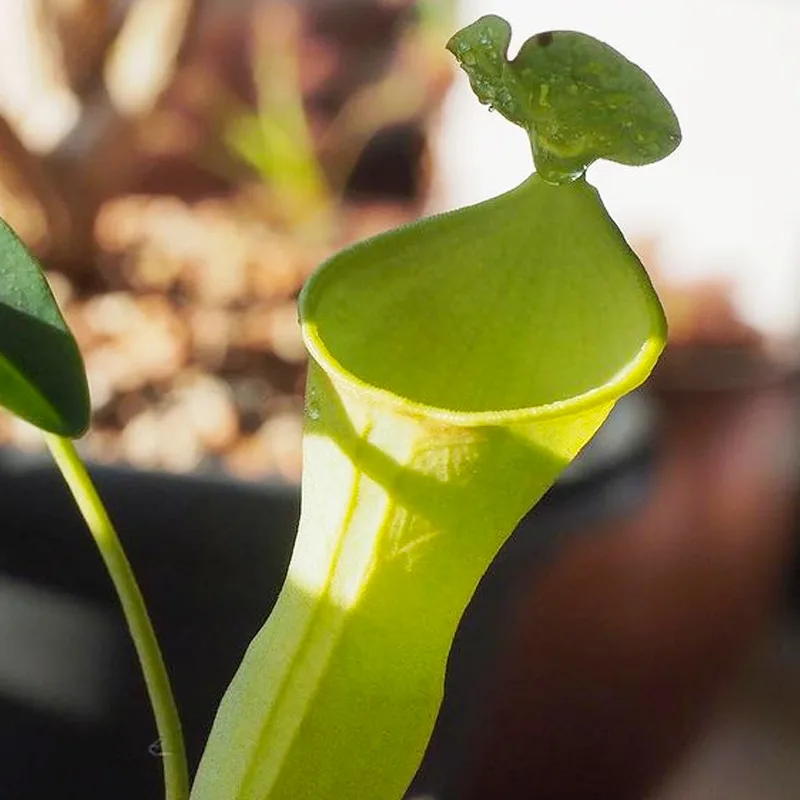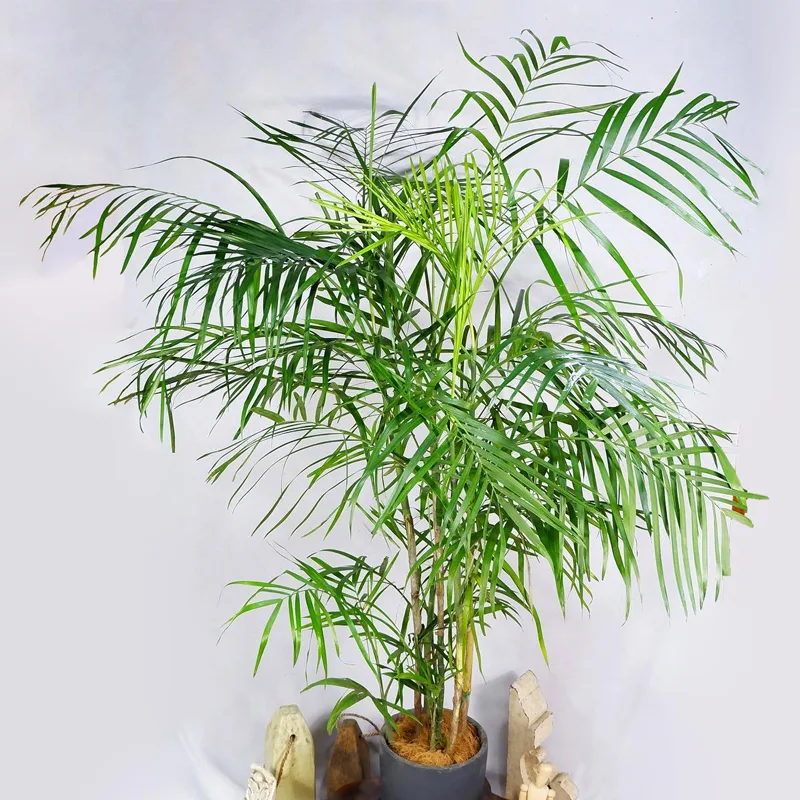The Wonders of Turnera: A Personal Exploration
My fascination with the plant genus Turnera began, oddly enough, with a cup of tea. Not just any tea, mind you, but a fragrant brew known as damiana, reputed for its aphrodisiac qualities. This piqued my curiosity, leading me down a botanical rabbit hole to discover the diverse and intriguing world of Turnera.
Turnera is a genus of flowering plants belonging to the passionflower family, Passifloraceae. These plants are primarily found in the tropical and subtropical regions of the Americas, boasting over 100 distinct species. They are known for their vibrant flowers, often yellow, with delicate petals that attract a variety of pollinators. But beyond their beauty, Turnera species harbor a wealth of medicinal and cultural significance.
A Diverse Family
The sheer variety within the Turnera genus is astounding. Some species, like Turnera diffusa (damiana), are shrubs that thrive in arid environments. Others, such as Turnera ulmifolia, are herbaceous plants with striking yellow blossoms that resemble miniature sunflowers. This diversity is a testament to the genus’s adaptability and evolutionary success.
Here are fascinating species that make up the Turnera genus:
- Turnera acangatinga Costa-Lima & E.C.O.Chagas
- Turnera acaulis Griseb.
- Turnera acuta Willd.
- Turnera amapaensis R.S.Cowan
- Turnera amazonica Arbo
- Turnera angelicae Arbo
- Turnera annectens Arbo
- Turnera arcuata Urb.
- Turnera arenaria (Spruce ex Urb.) Arbo
- Turnera argentea Arbo
- Turnera aromatica Arbo
- Turnera asymmetrica Arbo
- Turnera aurantiaca Benth.
- Turnera aurelioi Arbo
- Turnera bahiensis Urb.
- Turnera benthamiana M.R.Schomb.
- Turnera blanchetiana Urb.
- Turnera brasiliensis Willd. ex Schult.
- Turnera breviflora Moura
- Turnera caatingana Arbo
- Turnera callosa Urb.
- Turnera campaniflora Arbo, Shore & S.C.H.Barrett
- Turnera candida Arbo
- Turnera carolina M.J.C.Silva & L.Rocha
- Turnera castilloi Arbo
- Turnera cearensis Urb.
- Turnera chamaedrifolia Cambess.
- Turnera chrysocephala Urb.
- Turnera cicatricosa Arbo
- Turnera cipoensis Arbo
- Turnera clauseniana Urb.
- Turnera coccinea Arbo
- Turnera coerulea DC.
- Turnera collotricha Arbo
- Turnera concinna Arbo
- Turnera confertiflora Arbo
- Turnera coriacea Urb.
- Turnera crulsii Urb.
- Turnera cuneiformis Juss. ex Poir.
- Turnera curassavica Urb.
- Turnera dasytricha Pilg.
- Turnera diamantinae Arbo
- Turnera dichotoma Gardner ex Hook.
- Turnera diffusa Willd. ex Schult. – Plant FAQs: Turnera Diffusa – Damiana
- Turnera diminuta Cabeza ex Greuter & R.Rankin
- Turnera discolor Urb.
- Turnera discors Arbo
- Turnera dolichostigma Urb.
- Turnera elliptica Urb.
- Turnera emendata Arbo
- Turnera fasciculifolia L.Rocha & Arbo
- Turnera fernandezii Arbo
- Turnera fissifolia Arbo
- Turnera foliosa Urb.
- Turnera gardneriana Arbo
- Turnera genistoides Cambess.
- Turnera glabrata Arbo
- Turnera glaziovii Urb.
- Turnera gouveiana Arbo
- Turnera grandidentata (Urb.) Arbo
- Turnera grandiflora (Urb.) Arbo
- Turnera guianensis Aubl.
- Turnera harleyi Arbo
- Turnera hassleriana Urb.
- Turnera hermannioides Cambess.
- Turnera hilaireana Urb.
- Turnera hindsiana Benth.
- Turnera huberi Arbo
- Turnera humilis Arbo
- Turnera ibateguara Costa-Lima & E.C.O.Chagas
- Turnera ignota Arbo
- Turnera incana Cambess.
- Turnera involucrata Arbo
- Turnera iterata Arbo
- Turnera jobertii Arbo
- Turnera joelii Arbo
- Turnera krapovickasii Arbo
- Turnera kuhlmanniana Arbo
- Turnera laciniata Arbo
- Turnera lamiifolia Cambess.
- Turnera lanceolata Cambess.
- Turnera leptosperma Urb.
- Turnera lineata Urb.
- Turnera longiflora Cambess.
- Turnera longipes Triana ex Urb.
- Turnera lucida Urb.
- Turnera luetzelburgii Sleumer
- Turnera macrophylla Urb.
- Turnera macrosperma L.Rocha & Arbo
- Turnera maigualidensis J.R.Grande & Arbo
- Turnera melanorhiza Urb.
- Turnera melochia Triana & Planch.
- Turnera melochioides Cambess.
- Turnera nervosa Urb.
- Turnera oblongifolia Cambess.
- Turnera occidentalis Arbo & Shore
- Turnera oculata Story
- Turnera odorata Rich.
- Turnera opifera Mart.
- Turnera orientalis (Urb.) Arbo
- Turnera panamensis Urb.
- Turnera paradoxa Arbo
- Turnera paruana Arbo
- Turnera patens Arbo
- Turnera pinifolia Cambess.
- Turnera pohliana Urb.
- Turnera prancei Arbo
- Turnera pumilea L.
- Turnera purpurascens Arbo
- Turnera reginae Arbo
- Turnera revoluta Urb.
- Turnera riedeliana Urb.
- Turnera rosulata Arbo
- Turnera rupestris Aubl.
- Turnera sancta Arbo
- Turnera scabra Millsp.
- Turnera serrata Vell.
- Turnera sidoides L.
- Turnera simulans Arbo
- Turnera stachydifolia Urb. & Rolfe
- Turnera stenophylla Urb.
- Turnera steyermarkii Arbo
- Turnera stipularis Urb.
- Turnera subnuda Urb.
- Turnera subulata Sm.
- Turnera tapajoensis Moura
- Turnera tenuicaulis Urb.
- Turnera thomasii (Urb.) Story
- Turnera triglandulosa Millsp.
- Turnera trigona Urb.
- Turnera uleana Urb.
- Turnera ulmifolia L. – Plant FAQs: Turnera Ulmifolia – Yellow Alder
- Turnera urbanii Arbo
- Turnera vallisii Arbo
- Turnera velutina C.Presl
- Turnera venezuelana Arbo
- Turnera venosa Urb.
- Turnera vicaria Arbo
- Turnera violacea Brandegee
- Turnera weddelliana Urb. & Rolfe
- Turnera zeasperma C.D.Adams & V.Bean
Beyond Beauty: Medicinal and Cultural Uses
Turnera plants have a long history of use in traditional medicine, particularly in the Americas. Damiana, as I mentioned earlier, is perhaps the most famous example. It has been used for centuries by indigenous communities to treat a variety of ailments, including anxiety, depression, and sexual dysfunction.
But other Turnera species also hold medicinal promise. Turnera ulmifolia, for instance, has been traditionally used to treat respiratory problems and skin infections. Research is ongoing to explore the potential therapeutic benefits of various Turnera species, investigating their anti-inflammatory, antioxidant, and antimicrobial properties.
Beyond their medicinal applications, Turnera plants also play a role in local cultures. In some communities, the vibrant flowers are used in ceremonies and rituals, symbolizing joy, vitality, and connection to nature.
Conservation Concerns
Despite their resilience and adaptability, some Turnera species face threats due to habitat loss and over-harvesting. As with many plant species, the destruction of natural habitats for agriculture and development poses a significant challenge. Additionally, the increasing demand for damiana has led to concerns about unsustainable harvesting practices.
It is crucial that we prioritize the conservation of Turnera species and their ecosystems. This includes protecting their natural habitats, promoting sustainable harvesting methods, and raising awareness about the importance of these plants.
A Continuing Journey
My exploration of the Turnera genus is far from over. I am eager to learn more about the lesser-known species, their unique properties, and their potential benefits for human health and well-being. I believe that these plants hold valuable secrets waiting to be unlocked, and I am excited to be a part of this ongoing journey of discovery.
The world of Turnera is a testament to the beauty, diversity, and resilience of nature. By appreciating and protecting these plants, we not only preserve a valuable part of our natural heritage but also open ourselves to new possibilities for healing and understanding.
If i die, water my plants!



